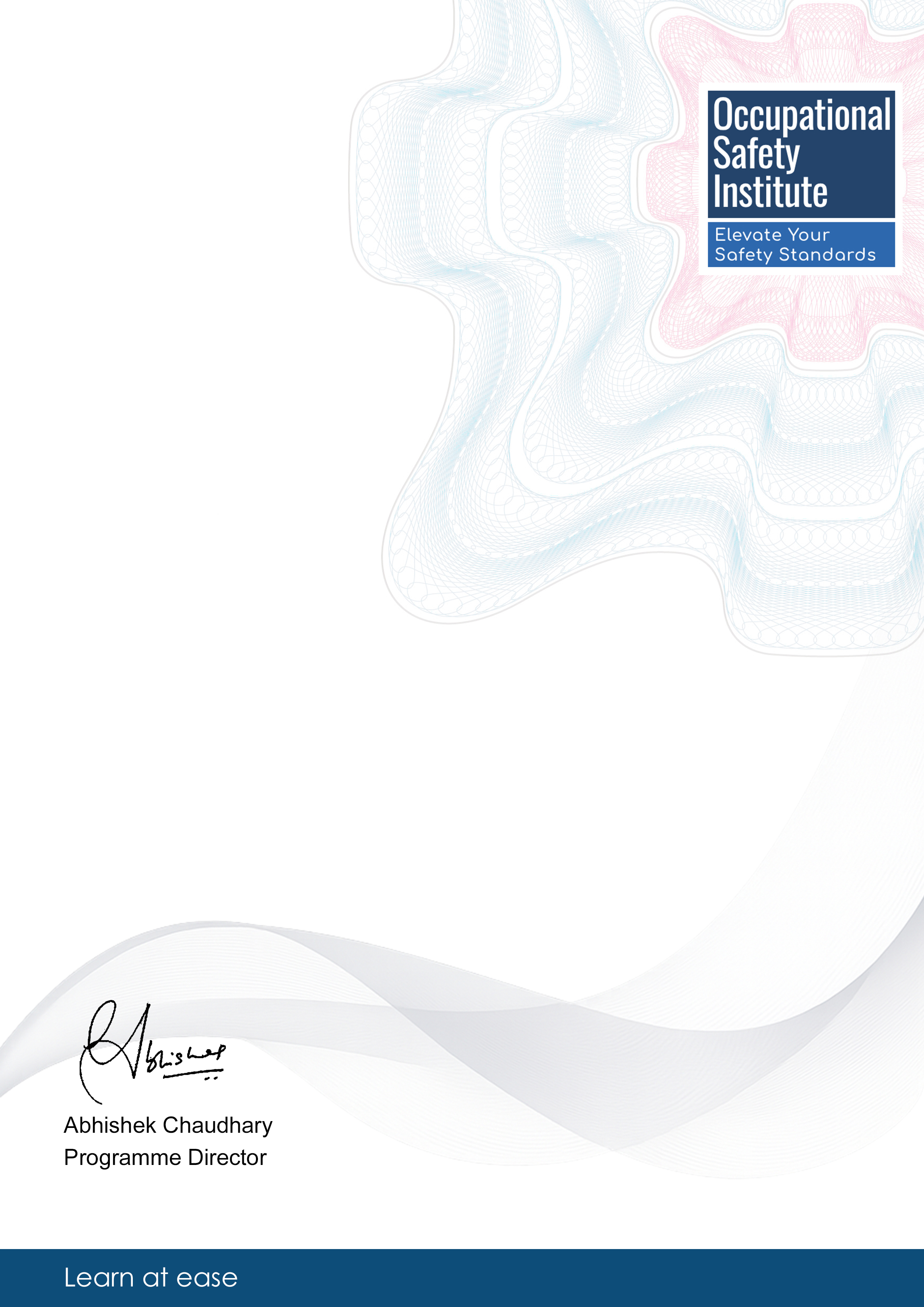Module 1: Introduction to Magazine Styling
An overview of magazine design principles, styling concepts, and the role of a magazine stylist.
A comprehensive course on Magazine Styling Concepts designed for individuals interested in mastering industry techniques for professional development in magazine design and layout. This course is suitable for aspiring magazine designers, graphic designers, and anyone looking to enhance their styling skills. Participants will benefit from hands-on learning, practical applications, and insights from industry experts.
4.6/5
|154 reviews
|753 students enrolled
Comprehensive, industry-recognized certification that enhances your professional credentials
Self-paced online learning with 24/7 access to course materials for maximum flexibility
Practical knowledge and skills that can be immediately applied in your workplace
An overview of magazine design principles, styling concepts, and the role of a magazine stylist.
Exploration of typography choices, layout grids, and composition techniques in magazine styling.
This technical module covers the principles of ergonomic workplace design. You'll learn to analyze workstations, tools, and equipment to optimize them for human use, reducing strain and improving efficiency.
Well-designed workspaces can increase productivity by up to 25% while simultaneously reducing error rates and injury risks.
Understanding color psychology, image selection criteria, and their impact on magazine aesthetics.
Hands-on training on industry-standard software tools used for magazine layout and styling.
Exploring editorial design strategies, content organization, and reader engagement techniques.
This technical module covers the principles of ergonomic workplace design. You'll learn to analyze workstations, tools, and equipment to optimize them for human use, reducing strain and improving efficiency.
Well-designed workspaces can increase productivity by up to 25% while simultaneously reducing error rates and injury risks.
This programme includes comprehensive study materials designed to support your learning journey and offers maximum flexibility, allowing you to study at your own pace and at a time that suits you best.
You will have access to online podcasts with expert audio commentary.
In addition, you'll benefit from student support via automatic live chat.
Assessments for the programme are conducted online through multiple-choice questions that are carefully designed to evaluate your understanding of the course content.
These assessments are time-bound, encouraging learners to think critically and manage their time effectively while demonstrating their knowledge in a structured and efficient manner.
The magazine styling industry offers diverse career prospects for skilled professionals. With the growing demand for visually appealing publications, magazine stylists are essential in editorial teams across various industries.
Professionals in magazine styling can progress to senior design roles, art direction positions, or specialize in niche magazine segments. Continuous learning and staying updated with design trends are key to advancing in this dynamic field.
Responsible for creating visually engaging layouts and designs for magazines.
Oversees the visual direction and design strategies for magazine publications.
Specializes in arranging text and visuals in an aesthetically pleasing manner for magazines.
In addition to traditional career roles, magazine stylists can benefit from networking opportunities at design events, pursuing professional certifications in graphic design, exploring further education paths in design management, and gaining industry recognition for exceptional styling work.
Professional Development Specialist
"This Magazine Styling Concepts course provided me with practical skills that I could immediately apply in my work. Highly recommended for anyone looking to advance their expertise."
Training Coordinator
"The comprehensive approach of this Magazine Styling Concepts course exceeded my expectations. The content was well-structured and relevant to current industry needs."
Department Manager
"I found the Magazine Styling Concepts course to be incredibly valuable for my professional development. The practical examples made complex concepts easy to understand."
Project Coordinator
"This Magazine Styling Concepts course has enhanced my skills significantly. The flexible online format allowed me to study at my own pace while maintaining my work commitments."
Upon successful completion of this course, you will receive a certificate similar to the one shown below:

Magazine Styling Concepts
is awarded to
Student Name
Awarded: November 2025
Blockchain ID: 111111111111-eeeeee-2ddddddd-00000
No specific prior qualifications are required. However, basic literacy and numeracy skills are essential for successful completion of the course.
The course is self-paced and flexible. Most learners complete it within 1 to 2 months by dedicating 4 to 6 hours per week.
This course is not accredited by a recognised awarding body and is not regulated by an official institution. It is designed for personal and professional development and is not intended to replace or serve as an equivalent to a formal degree or diploma.
This fully online programme includes comprehensive study materials and a range of support options to enhance your learning experience: - Online quizzes (multiple choice questions) - Audio podcasts (expert commentary) - Live student support via chat The course offers maximum flexibility, allowing you to study at your own pace, on your own schedule.
Yes, the course is delivered entirely online with 24/7 access to learning materials. You can study at your convenience from any device with an internet connection.
Grunge Music Styling
Unleash your passion for Grunge music and master the art of…
Influencer Fashion Styling for Curvy
This course is designed to help individuals master the art …
Fashion Styling for Babies for Stay-at-Home Moms
This course is designed to help stay-at-home moms master th…
Styling Athletes for Sporting Events
This course focuses on enhancing styling skills specificall…
Disclaimer: This certificate is not intended to replace or serve as an equivalent to obtaining a formal degree or diploma. This programme is structured for professional enrichment and is offered independently of any formal accreditation framework.